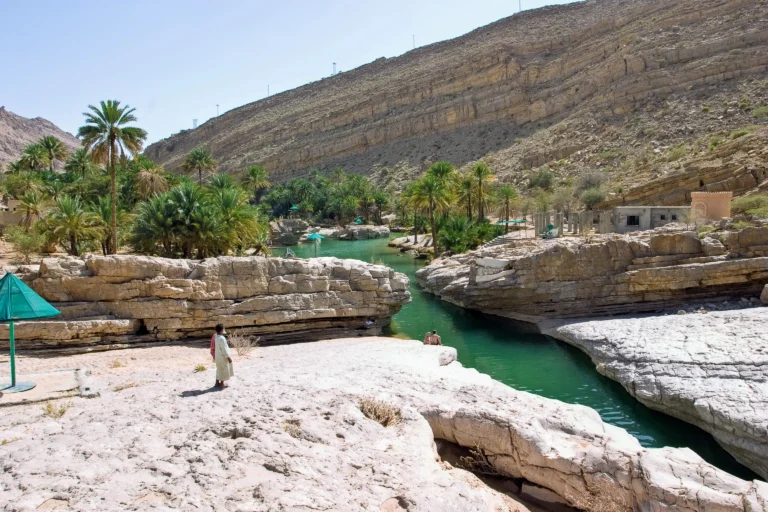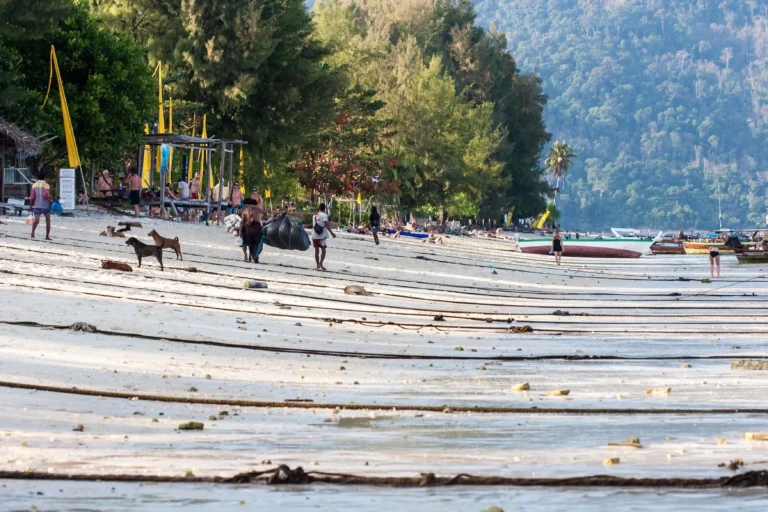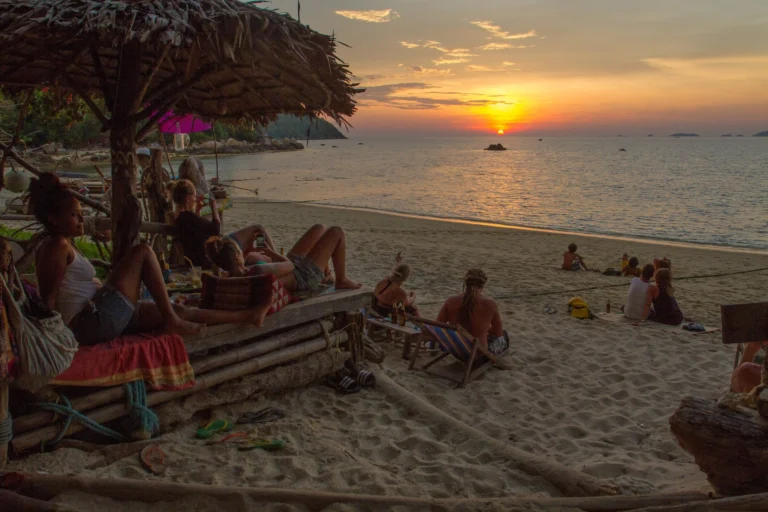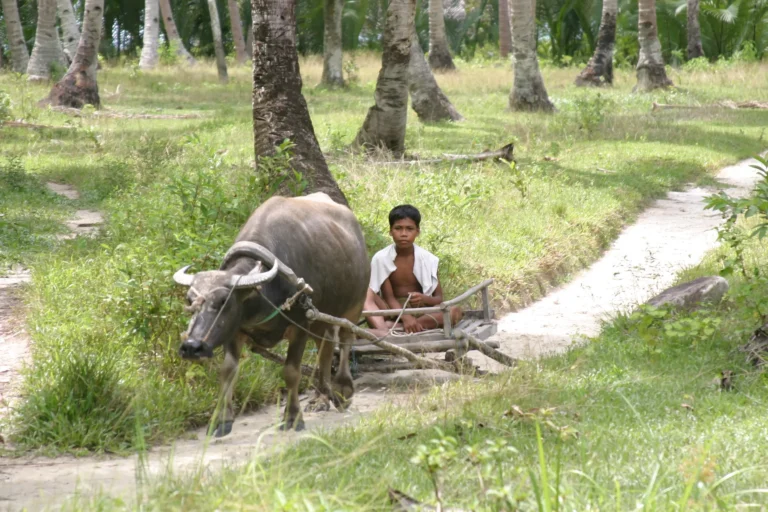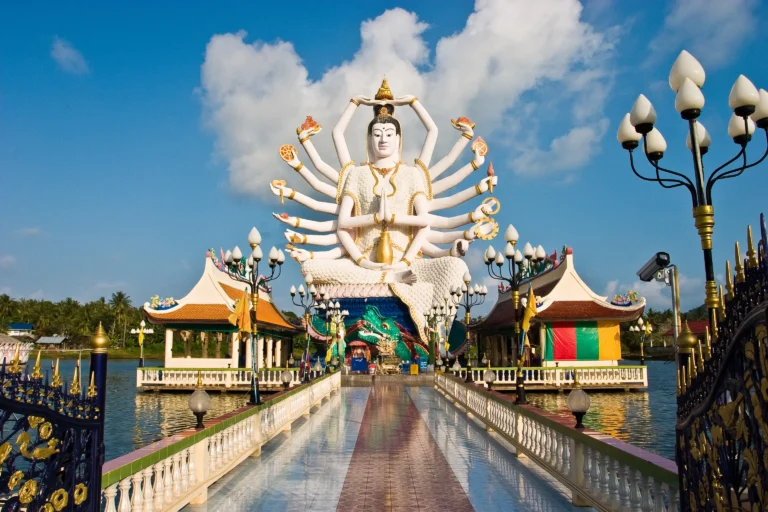Wednesday
We started the day after breakfast with an hour at the hotel pool – for swimming and tanning. We also walked on the beach. There they found a lot of coral, shells, and beautiful rocks.
We drove to the corniche of the ancient maritime town of Sur. Sur was famous for boat building in the 19th and 20th centuries throughout Arabia. Today, Sur does not produce vessels in large quantities, but dhow building still takes place there. We did not see the building in the boatyard, but many beautiful ships were in the harbor.
In Sur, we needed to fill up the fuel. We had heard that gasoline is inexpensive in this part of the world, but the price was still significantly lower than our expectations at 114 baisas (22 euro cents) per liter. We also purchased some bottles of water, which cost 200 baisas per liter, making bottled water more expensive than gasoline.
The first destination of the day was Wadi Bani Khalid.
A wadi is a dry riverbed that contains water only when it rains heavily.

Wadi Bani Khalid is famous for its natural beauty. After turning right from the Sur-Muscat inland road (about 105km from Sur), zigzag roads took us to the mountains. The 30 km drive offered spectacular views of the surrounding mountains, villages, and palm groves.
From the Oman Off-road Explorer book, we took two suggestions: to see the waterfall and swim in the natural pools. We did not find the waterfall. Maybe it was too dry. Instead, we enjoyed spectacular views of the wadi and mountains and saw the village life on the shores of the wadi.
With natural pools, we were lucky. This was one of the highlights of the whole Oman trip. From Miziara village, the signs also showed the directions to the swimming pools. We parked the car and walked (about 5 minutes) to the pools. This view was terrific—several large natural pools with clear fresh water. On that hot day (+35 degrees Celsius), this was heaven. Many locals also used the opportunity to swim there. There are no beach facilities—changing rooms, etc.—but the swimming could not be more perfect. We saw several locals having a picnic and swimming there. We relaxed there for an hour and enjoyed the experience.
We headed towards Nizwa and planned to visit Wahiba sands, which was only a few kilometers from the road. At Al Minatrib, we turned to the left, and after five kilometers, it was only dunes and ample open space. The dunes are uniform in height at 100 meters from trough to peak. The area of Wahiba sand measures 80 km from east to west and 180 km from north to south.
We did not plan to spend much time here, but this was a mistake. Wahiba sands are a must-see in Oman, and everyone should visit them. We decided to at least try driving on dunes. We were a little bit stuck after the first dune. The local Arab went to us and offered us help. He also suggested that he act as a guide for us as we drove 3 or 5 kilometers through the Wahiba Sands. We refused. Then he proposed to go about 1 km and drink coffee with the Bedouin. This sounded affordable to us.
We drove to his home, where he lives with his wife and five kids. He asked to enter the tent, and his wife served coffee and some Bedouin sweets (from dates) to taste. We had a delightful conversation about their life in the desert. Afterward, the kids brought the bag with souvenirs for sale. We bought some. Then the Bedouin offered a camel ride and the possibility of sleeping there. We agreed on a camel ride but declined to sleep at their home.

The camel ride was an exciting experience. Although short, it was pleasant, and the camel skin felt warm and soft. Bedouin children looked happy, wealthy, and friendly. We felt like good friends at their home.
Later, we regretted that we declined the opportunity to sleep in the desert. We drove to Nizwa and found a cheap and nice hotel nearby, the Safari Hotel in Firq, which is only 10 kilometers from Nizwa’s center. The hotel also had a pool.
We had dinner at Arab World Restaurant (on the Muscat-Nizwa highway, near Tanuf Residency). It was a popular place, the food was good again, and the cost for dinner for four people (main course, water, and fresh juice cocktails) was 10 OMR (20 EUR).
Just before going to dinner, we had an accident. On the Muscat-Nizwa highway, just a few kilometers before the center of Nizwa, the road is divided into three. We thought there were two roads in one direction and two in the other, but this was different. We tried to make a U-turn and appeared on a two-direction highway, but we did not notice a car coming from the left. We grazed the Toyota Avensis car. Avensis stopped, and so did we. We were pretty worried about the incident. The driver did not speak English. The situation was quite scary. Fortunately, the other car had only rubber stripes at the rear door.
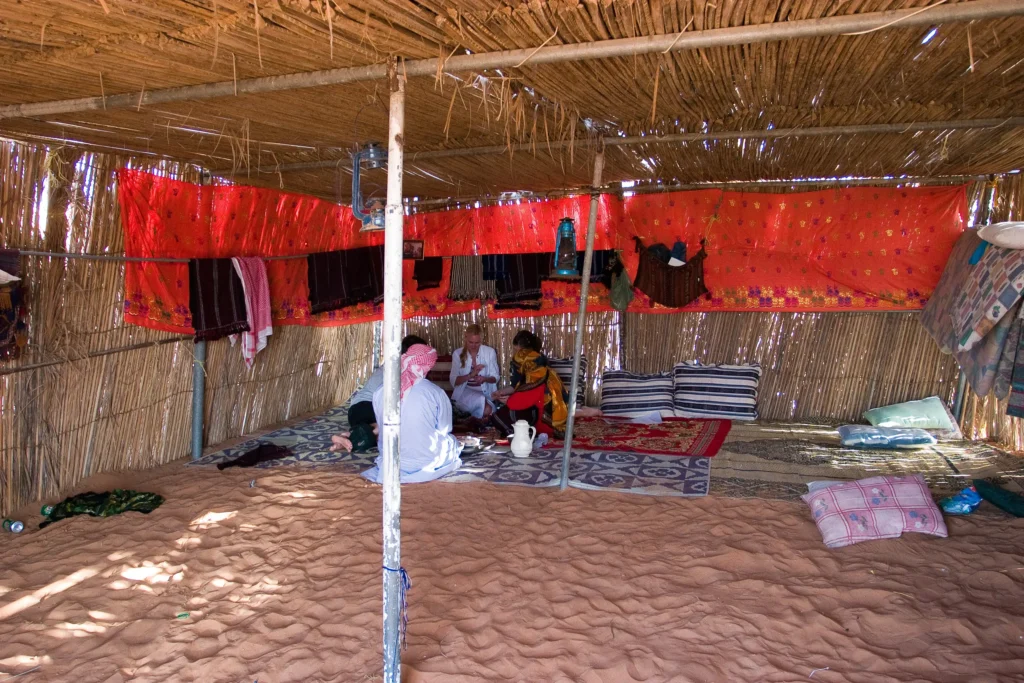
The driver of a Toyota Avensis called somebody who appeared to be the car’s owner. We explained the situation and offered cash compensation for the accident. The owner said that he does not want anything if it is only rubber stripes. We agreed to call him three hours later so that he could check the car.
We used to have lunch, check the hotel, and go to the Golden Tulip hotel for a beer. It isn’t easy to get a beer in Oman. You can only buy alcohol-free beer in supermarkets (Lulu, Carrefour). “Proper” beer is sold only in international hotels and more prominent restaurants (we did not try this option). That night we needed a beer and, therefore, we drove about 10 km to Golden Tulip Nizwa, about 10 km from Safari Hotel. We found two bears in the garden. As we went and wanted to take the beers with us, we asked the waiter to open only one can. They are not allowed to sell the beer for take-away. During the second order, we also made a telephone call to the owner of the Toyota Avensis. The owner said that he agreed that this was only rubber dust and “I do not want anything from you, my brother.”
This day was full of only very positive memories from Oman.
The trip continues to Nizwa, Jabal Shams.
Related reading:
